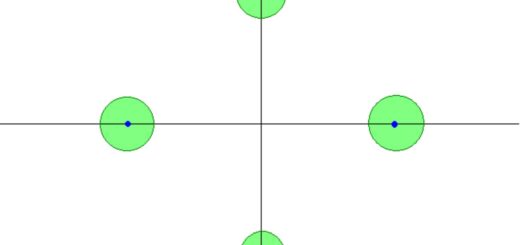Unlocking New Possibilities with Generative AI: A Deep Dive
Unlocking New Possibilities with Generative AI, Generative AI is rapidly emerging as a transformative force in the world of technology, pushing the boundaries of what machines can create and achieve.
This advanced branch of artificial intelligence is revolutionizing industries and redefining how we approach problem-solving and innovation.
This article will explore the intricacies of generative AI, its sophisticated techniques, and its far-reaching impact on various sectors.
Unlocking New Possibilities with Generative AI
Generative AI encompasses a range of techniques that enable machines to generate new data, such as images, text, music, and even entire virtual environments.
Unlike traditional AI, which relies on pre-existing data to make predictions or decisions, generative AI leverages advanced algorithms to create novel content.
Two of the most prominent techniques in generative AI are Generative Adversarial Networks (GANs) and Variational Autoencoders (VAEs).
Generative Adversarial Networks (GANs)
GANs consist of two neural networks, the generator, and the discriminator, that work in tandem to create realistic data.
The generator produces new data samples, while the discriminator evaluates their authenticity. Through an iterative process, the generator improves its ability to create data that closely resembles the real thing, leading to highly realistic outputs.
GANs have been used to generate everything from photorealistic images to synthetic data for training other AI models.
Variational Autoencoders (VAEs)
VAEs are another powerful technique in generative AI, designed to learn the underlying distribution of data and generate new samples from it.
Unlike GANs, VAEs use a probabilistic approach, encoding input data into a latent space and then decoding it to generate new data.
This technique is particularly useful for tasks that require a high degree of control over the generated outputs, such as image editing and data augmentation.
Advanced Applications of Generative AI
- Drug Discovery and Healthcare: Generative AI is revolutionizing the field of drug discovery by enabling researchers to generate novel molecular structures with desired properties. By analyzing vast amounts of biological data, AI can identify potential drug candidates and predict their effectiveness, significantly accelerating the drug development process. Additionally, AI-generated medical images are enhancing diagnostic accuracy and aiding in the early detection of diseases.
- Autonomous Systems: In the realm of autonomous systems, generative AI is being used to create realistic simulations for training self-driving cars and drones. These simulations provide a safe and controlled environment for testing and refining autonomous algorithms, reducing the reliance on real-world data and minimizing risks.
- Natural Language Processing (NLP): Generative AI is making significant strides in NLP, enabling machines to generate coherent and contextually relevant text. Advanced language models, such as GPT-3, are capable of producing human-like text, powering applications like chatbots, content generation, and language translation. These models are also being used to generate code, write articles, and even compose poetry.
- Creative Industries: The creative potential of generative AI is being harnessed in fields like art, music, and design. Artists and musicians are using AI-powered tools to generate unique pieces of art and music, pushing the boundaries of creativity. AI-generated artwork has been featured in galleries and sold at auctions, while AI-composed music is being used in films and advertisements.
Ethical and Societal Implications
As generative AI continues to advance, it raises important ethical and societal questions. Issues related to copyright, authenticity, and bias need to be addressed to ensure the responsible use of this technology.
For instance, AI-generated content can be difficult to distinguish from human-created content, leading to potential misuse in areas like deepfakes and misinformation.
Moreover, the integration of generative AI into various sectors is reshaping the job market and creating new opportunities.
Professionals with expertise in AI and machine learning are in high demand, and businesses are investing in upskilling their workforce to harness the potential of this technology.
Conclusion
Generative AI is a powerful and transformative technology that is pioneering the future of innovation. From drug discovery to autonomous systems and creative industries, its applications are vast and varied.
As we continue to explore the potential of generative AI, it is essential to navigate the ethical and societal challenges it presents.
By doing so, we can harness the power of generative AI to drive innovation and create a better future.
I hope this advanced article provides you with a deeper understanding of generative AI and its transformative potential. If you have any specific requirements or topics in mind, feel free to let me know!




